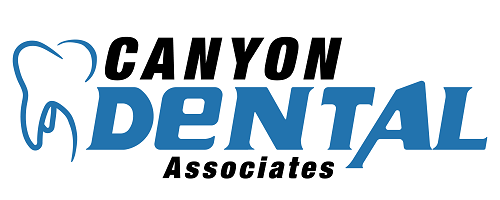Dental emergencies, often underestimated, can escalate into severe health crises if not promptly addressed. This article illuminates the spectrum of dental emergencies, highlighting their critical nature and the imperative of immediate response.
Defining a Dental Emergency
A dental emergency encompasses any oral health issue necessitating swift intervention to alleviate severe pain, stop ongoing tissue bleeding, or mitigate the risk of severe infections. Distinguishing between exigent dental predicaments and less urgent dental discomfort is crucial for appropriate response and treatment.
Common Dental Emergencies
- Toothache: Often a harbinger of underlying issues, toothaches demand immediate attention. Causes range from cavities to infections, and immediate actions include cleaning the affected area and seeking dental consultation.
- Broken or Chipped Tooth: Assessing the severity of a broken or chipped tooth is vital. Immediate care involves rinsing the mouth with warm water and applying a cold compress to mitigate swelling.
- Knocked-Out Tooth: A dental exigency par excellence, a knocked-out tooth necessitates immediate action to preserve the tooth, including gently rinsing it and, if possible, reinserting it into the socket.
- Lost Filling or Crown: While not always an emergency, a lost filling or crown can lead to discomfort and further damage. Temporary measures include applying dental cement available at pharmacies until professional care is sought.
Less Common But Serious Dental Emergencies
- Abscessed Tooth: An abscessed tooth, indicative of infection, poses a significant health risk. Recognizing symptoms like severe pain, fever, and swelling is critical for timely intervention.
- Soft Tissue Injuries: Injuries to the gums, tongue, and cheeks, though less common, require immediate attention to prevent complications, including infection and prolonged bleeding.
When to Seek Immediate Dental Care
The urgency in dental emergencies often lies in recognizing signs of severe issues, such as uncontrolled bleeding, severe pain, or signs of infection. Timing is pivotal in these scenarios, as delayed treatment can result in exacerbation of the problem.
Handling a Dental Emergency: Initial Steps
Initial steps in managing a dental emergency include administering first aid, such as applying pressure to stop bleeding and using cold compresses to reduce swelling. Effective pain management often involves over-the-counter pain relievers, while avoiding aspirin which can exacerbate bleeding.
Preventive Measures to Avoid Dental Emergencies
Routine dental care, including regular check-ups and cleanings, plays a pivotal role in preempting dental emergencies. Employing protective gear during physical activities and adhering to good dental hygiene practices are instrumental in maintaining dental health.
The Role of Dental Professionals in Emergencies
During an emergency dental visit, one can expect immediate assessment and intervention to address the acute issue. Dentists adopt a multifaceted approach, addressing both the immediate problem and its underlying causes.
Long-term Consequences of Neglecting Dental Emergencies
The risks associated with delaying treatment for dental emergencies are manifold, including the progression of infection and potential long-term damage to oral health. Neglect can lead to more complex and costly treatments in the future.
In conclusion, understanding what constitutes a dental emergency and responding promptly is paramount. This knowledge, combined with proactive dental health practices, can significantly mitigate the risks and impacts of dental emergencies.


